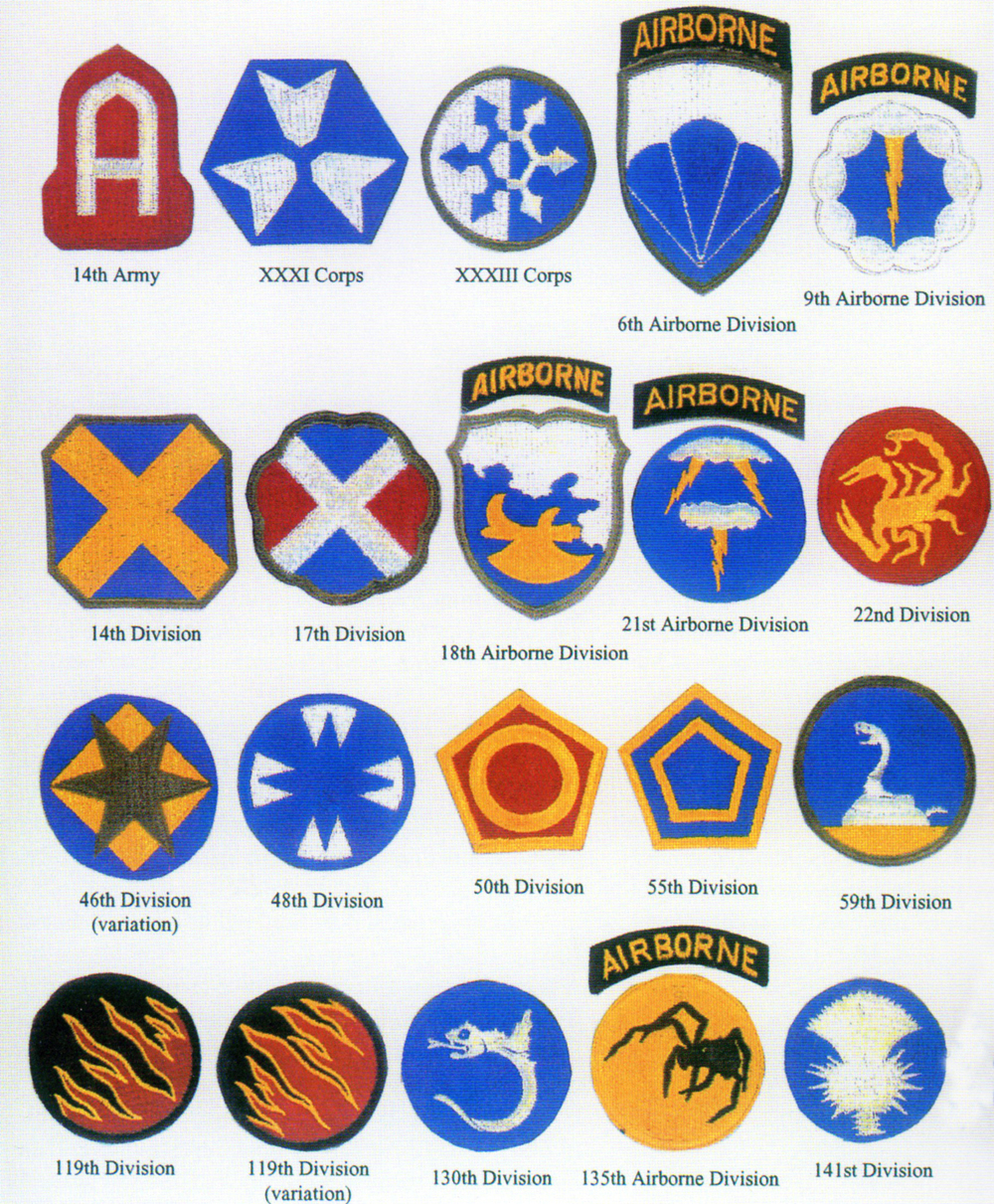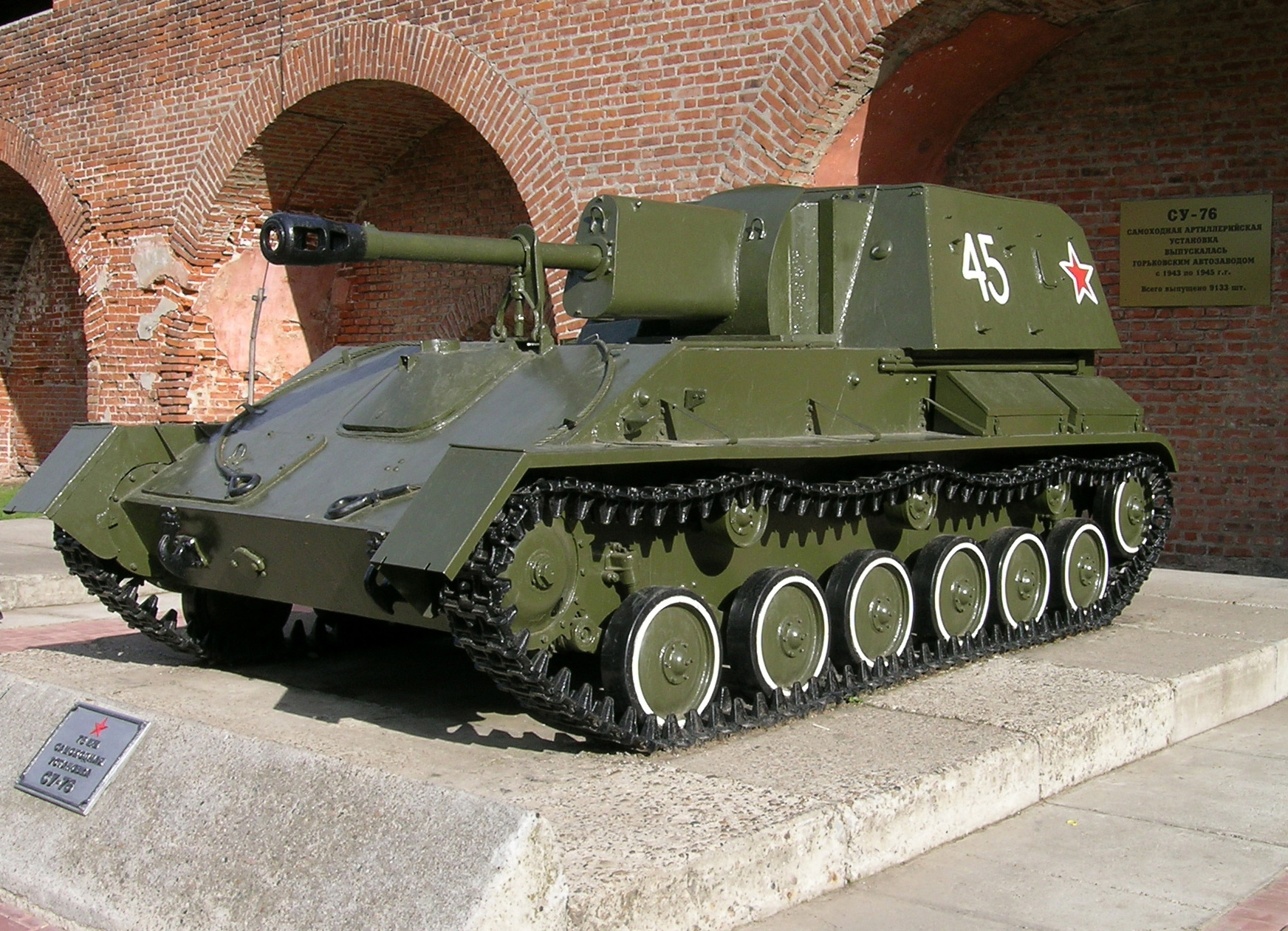|
17th SS Panzergrenadier Division Götz Von Berlichingen
The 17th SS Panzergrenadier Division "Götz von Berlichingen" () was a German Waffen-SS division that saw action on the Western Front during World War II. Formation and training The division was raised near Poitiers, France, as the ''Panzer-Grenadier-Division "Götz von Berlichingen"'' in October 1943. It was formed from scratch, with the majority of its original cadre coming from replacement units and conscripts, many of whom were Romanian Germans and French volunteers. After September 8, 1943, around five hundred Italian volunteers, coming from units deployed in France were enlisted in "Götz von Berlichingen". The division was granted the honour-title ''Götz von Berlichingen''. Obersturmbannführer Otto Binge oversaw the formation of the division, with the newly promoted Brigadeführer Werner Ostendorff taking command in January 1944. The ''Götz von Berlichingen'' was placed under the LXXX Army Corps, a part of Generalfeldmarschall Gerd von Rundstedt's ''Heeresgrup ... [...More Info...] [...Related Items...] OR: [Wikipedia] [Google] [Baidu] |
Waffen-SS
The (; ) was the military branch, combat branch of the Nazi Party's paramilitary ''Schutzstaffel'' (SS) organisation. Its formations included men from Nazi Germany, along with Waffen-SS foreign volunteers and conscripts, volunteers and conscripts from both German-occupied Europe and unoccupied lands. With the start of World War II, tactical control was exercised by the (OKW, "High Command of the Armed Forces"), with some units being subordinated to the (Command Staff ''Reichsführer-SS'') directly under Himmler's control. It was disbanded in May 1945. The grew from three regiments to over 38 division (military), divisions during World War II. Combining combat and police functions, it served alongside the German Army (1935–1945), German Army (''Heer''), ''Ordnungspolizei'' (Order Police), and other security units. Originally, it was under the control of the (SS operational command office) beneath Heinrich Himmler, the head of the SS. Initially, in keeping with the raci ... [...More Info...] [...Related Items...] OR: [Wikipedia] [Google] [Baidu] |
Otto Binge
__NOTOC__ Otto Binge, (born 19 May 1895, died 18 July 1982) was an SS-''Standartenführer'' during World War II and a commander of the SS Division Götz von Berlichingen The ''Schutzstaffel'' (; ; SS; also stylised with SS runes as ''ᛋᛋ'') was a major paramilitary organisation under Adolf Hitler and the Nazi Party in Nazi Germany, and later throughout German-occupied Europe during World War II. It bega ... and the SS Polizei Division. References 1895 births 1982 deaths SS-Standartenführer Waffen-SS personnel German Army personnel of World War I People from Cottbus Military personnel from Brandenburg {{Germany-mil-bio-stub ... [...More Info...] [...Related Items...] OR: [Wikipedia] [Google] [Baidu] |
Beachhead
A beachhead is a temporary line created when a military unit reaches a landing beach by sea and begins to defend the area as other reinforcements arrive. Once a large enough unit is assembled, the invading force can begin advancing inland. The term is sometimes used interchangeably (both correctly and incorrectly) with '' bridgehead'' and '' lodgement''. Beachheads have been important in many military actions; examples include operations such as '' Operation Neptune'' during World War II, the Korean War (especially at Inchon), and the Vietnam War. Although many references state that ''Operation Neptune'' refers to the naval operations in support of ''Operation Overlord'', the most reliable references make it clear that ''Overlord'' referred to the establishment of a large-scale '' lodgement'' in Normandy, and that ''Neptune'' referred to the landing phase which created the beachhead; ''Neptune'' was therefore the first part of ''Overlord''. According to the D-Day Museum: O ... [...More Info...] [...Related Items...] OR: [Wikipedia] [Google] [Baidu] |
Allies Of World War II
The Allies, formally referred to as the United Nations from 1942, were an international Coalition#Military, military coalition formed during World War II (1939–1945) to oppose the Axis powers. Its principal members were the "Four Policemen, Big Four" – the United Kingdom, United States, Soviet Union, and Republic of China (1912–1949), China. Membership in the Allies varied during the course of the war. When the conflict broke out on 1 September 1939, the Allied coalition consisted of the United Kingdom, French Third Republic, France, and Second Polish Republic, Poland, as well as their respective Dependent territory, dependencies, such as British Raj, British India. They were joined by the independent dominions of the British Commonwealth: Canada, Australia, Dominion of New Zealand, New Zealand and Union of South Africa, South Africa. Consequently, the initial alliance resembled Allies of World War I, that of the First World War. As Axis forces began German invasion of ... [...More Info...] [...Related Items...] OR: [Wikipedia] [Google] [Baidu] |
Normandy
Normandy (; or ) is a geographical and cultural region in northwestern Europe, roughly coextensive with the historical Duchy of Normandy. Normandy comprises Normandy (administrative region), mainland Normandy (a part of France) and insular Normandy (mostly the British Channel Islands). It covers . Its population in 2017 was 3,499,280. The inhabitants of Normandy are known as Normans; the region is the historic homeland of the Norman language. Large settlements include Rouen, Caen, Le Havre and Cherbourg-en-Cotentin, Cherbourg. The cultural region of Normandy is roughly similar to the historical Duchy of Normandy, which includes small areas now part of the departments of Mayenne and Sarthe. The Channel Islands (French: ''Îles Anglo-Normandes'') are also historically part of Normandy; they cover and comprise two bailiwicks: Bailiwick of Guernsey, Guernsey and Jersey, which are British Crown Dependencies. Normandy's name comes from the settlement of the territory by Vikings ( ... [...More Info...] [...Related Items...] OR: [Wikipedia] [Google] [Baidu] |
Normandy Landings
The Normandy landings were the landing operations and associated airborne operations on 6 June 1944 of the Allies of World War II, Allied invasion of Normandy in Operation Overlord during the Second World War. Codenamed Operation Neptune and often referred to as D-Day (after D-Day (military term), the military term), it is the largest seaborne invasion in history. The operation began the liberation of France, and the rest of Western Europe, and laid the foundations of the Allied victory on the Western Front (World War II), Western Front. Planning for the operation began in 1943. In the months leading up to the invasion, the Allies conducted a substantial military deception, codenamed Operation Bodyguard, to mislead the Germans as to the date and location of the main Allied landings. The weather on the day selected for D-Day was not ideal, and the operation had to be delayed 24 hours; a further postponement would have meant a delay of at least two weeks, as the planners had re ... [...More Info...] [...Related Items...] OR: [Wikipedia] [Google] [Baidu] |
Non-commissioned Officer
A non-commissioned officer (NCO) is an enlisted rank, enlisted leader, petty officer, or in some cases warrant officer, who does not hold a Commission (document), commission. Non-commissioned officers usually earn their position of authority by promotion through the enlisted ranks. In contrast, Officer (armed forces), commissioned officers usually enter directly from a military academy, officer training corps (OTC) or Reserve Officers' Training Corps (ROTC), or officer candidate school (OCS) or officer training school (OTS), after receiving a post-secondary degree. The NCO corps usually includes many grades of enlisted, corporal and sergeant; in some countries, warrant officers also carry out the duties of NCOs. The naval equivalent includes some or all grades of petty officer. There are different classes of non-commissioned officers, including junior (lower ranked) non-commissioned officers (JNCO) and senior/staff (higher ranked) non-commissioned officers (SNCO). Functio ... [...More Info...] [...Related Items...] OR: [Wikipedia] [Google] [Baidu] |
Assault Guns
An assault gun (from , , meaning "assault gun") is a type of Armored fighting vehicle, armored infantry support vehicle and self-propelled artillery, mounting an infantry support gun on a protected self-propelled chassis, intended for providing infantry with heavy direct fire support during engagement, especially against other infantry or fortified positions, secondarily also giving some armored protection and anti-armor capability. Assault guns were pioneered by the Soviet Union and Nazi Germany during the 1930s, initially being self-propelled guns with direct fire in mind (such as the Soviet SU-5-1), with Germany introducing the first purpose-built (and purpose-named) assault gun, the , in 1940. Concept, doctrine and design The concept of the assault gun can be simplified into: a Armoured fighting vehicle, protected Self-propelled artillery, self propelled infantry gun, intended for the infantry brigades, in order to give infantry: mobile heavy direct fire capability again ... [...More Info...] [...Related Items...] OR: [Wikipedia] [Google] [Baidu] |
Sturmgeschütz IV
The IV (StuG IV) (Sd.Kfz. 167) was a German assault gun variant of the Panzer IV used in the latter part of the Second World War. It was identical in role and concept to the highly successful StuG III assault gun variant of the Panzer III. Both StuG models were given an exclusively tank destroyer role in German formations and tactical planning in the last two years of the war, greatly augmenting the capability of the dwindling tank force available to the German army on the Eastern and Western fronts. Development The IV resulted from Krupp Friedrich Krupp AG Hoesch-Krupp (formerly Fried. Krupp AG and Friedrich Krupp GmbH), trade name, trading as Krupp, was the largest company in Europe at the beginning of the 20th century as well as Germany's premier weapons manufacturer dur ...'s effort to supply an assault gun. As Krupp did not build ''Panzerkampfwagen'' IIIs, they used the ''Panzerkampfwagen'' IV chassis in combination with a slightly modified superstructure ... [...More Info...] [...Related Items...] OR: [Wikipedia] [Google] [Baidu] |
Thouars
Thouars () is a commune in the Deux-Sèvres department in western France. On 1 January 2019, the former communes Mauzé-Thouarsais, Missé and Sainte-Radegonde were merged into Thouars. It is on the River Thouet. Its inhabitants are known as ''Thouarsais''. The Toarcian stage of the Jurassic takes its name from the town. History Although there is evidence of human habitation here 5,000 years ago, it is only in the seventh century that the town appears in the historical record. In the 760s, Thouars found itself in Aquitaine, the most robust fortress in the entire region according to contemporary chroniclers. This was a violent decade as Duke Waïfre, struggling to preserve the independence of Aquitaine, fought against the expansionist ambitions of the French King, Pepin the Short. In 762, accompanied by his son, the future Charlemagne, appeared outside Thouars. He destroyed the Gallo-Roman town and torched the castle. In the ninth century the first of a line of viscou ... [...More Info...] [...Related Items...] OR: [Wikipedia] [Google] [Baidu] |
SS Divisions
All ''Waffen-SS'' divisions were ordered in a single series of numbers as formed, regardless of type. Those with ethnic groups listed were at least nominally recruited from those groups. Many of the higher-numbered units were divisions in name only, being in reality only small battlegroups ( ''Kampfgruppen''). As a general rule, an "SS Division" is made up of mostly Germans, or other Germanic people, while a "Division of the SS" is made up of mostly non-Germanic volunteers. Waffen-SS divisions by number {, {, class="wikitable sortable" , - ! Number !! Division Name(in German) !! Ethnic composition !! Named after !! Years Active !! Insignia !! Maximum Manpower , - , - , - align="center" ! 1st , , , Germans and 300 Italians after 8/9/1943 , , Life Regiment Adolf Hitler , , 1933–1945 , , , , 22,000 (1944) , - , - align="center" ! 2nd , ''Das Reich'' , , Germans , , Greater Germanic Reich , , 1939–1945 , , , , 19,021 (1941) , - , - align="center" ! 3rd , ''Tot ... [...More Info...] [...Related Items...] OR: [Wikipedia] [Google] [Baidu] |






